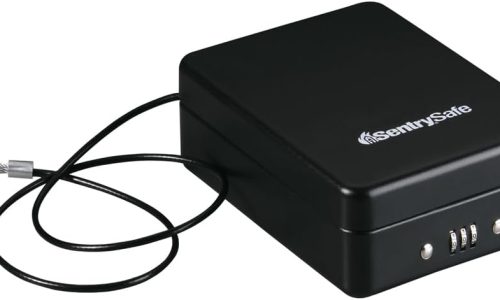Best Ways to Exchange Money and Avoid Hidden Fees

Exchanging money while traveling seems simple enough—until you realize how many hidden fees and bad exchange rates can eat into your budget. Whether you’re heading out for a weekend city break or a month-long adventure, knowing the smartest ways to exchange currency can save you a surprising amount.
1. Skip Airport Currency Exchange Counters
Airport kiosks are notoriously one of the worst places to exchange money. The convenience comes at a high cost: poor exchange rates and added service fees. If you need local currency on arrival, only exchange a small amount—just enough to cover transport to your hotel—and find a better option in the city.
2. Use Local ATMs—But Choose Carefully
Withdrawing local currency directly from an ATM usually gives you a much better exchange rate than converting cash at a kiosk or bank. However, you’ll want to watch out for:
ATM fees from the local bank
Foreign transaction or withdrawal fees from your bank
Poor exchange rates if you accept the ATM’s currency conversion offer
Tip: always choose to be charged in the local currency when the ATM gives you a choice. That way, your home bank—not the ATM—handles the currency conversion, usually at a better rate.
3. Use a Travel-Friendly Debit or Credit Card
Some banks and fintech companies offer cards designed for travelers. These typically have:
No foreign transaction fees
Mid-market exchange rates
ATM fee reimbursements (up to a limit)
Cards from companies like Wise, Revolut, Charles Schwab, and Chime are worth a look, depending on where you live. Wise and Revolut also let you hold and convert between multiple currencies, often with real exchange rates and low fees.

4. Beware of Dynamic Currency Conversion (DCC)
This one’s sneaky: when paying by card abroad, you might be offered the choice to pay in your home currency rather than the local one. It sounds helpful, but in reality, you’ll get hit with a worse exchange rate and sometimes extra fees.
Always choose to pay in the local currency—even if it feels less intuitive.
5. Avoid Traveler’s Checks
Once a common way to carry money abroad, traveler’s checks are mostly outdated. Few places accept them now, and you’ll likely face high exchange fees and limited options to cash them. Stick to modern alternatives unless you’re going somewhere extremely remote where digital banking isn’t reliable.
6. Bring a Small Backup in Cash
Even if you’re relying on cards and ATMs, it’s smart to carry a small amount of your home currency or U.S. dollars/euros (depending on where you’re from) as a backup. You can exchange it in a pinch, and it might come in handy if you end up somewhere with no card machines or working ATMs.
Just don’t exchange large amounts of cash unless you’ve already compared rates at multiple places.
7. Compare Exchange Options in Advance
Before you go, it’s worth checking your home bank’s international policies. Can you withdraw money abroad? Are there partnerships with overseas banks that waive ATM fees? Are their exchange rates competitive?
Also check whether your destination favors cash or card. In some countries, cash is still king—and if you know that ahead of time, you can plan to exchange larger amounts at a favorable location instead of making frequent withdrawals.



